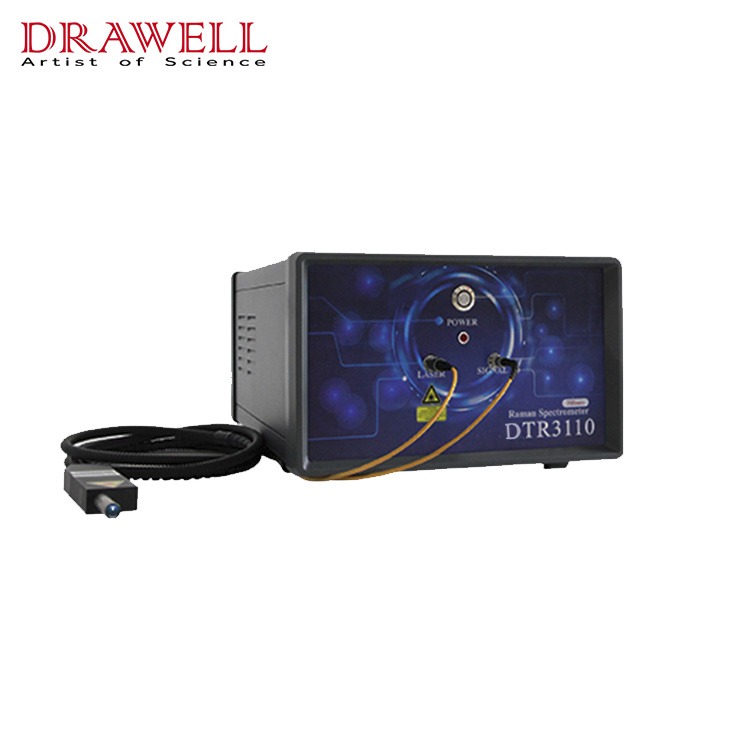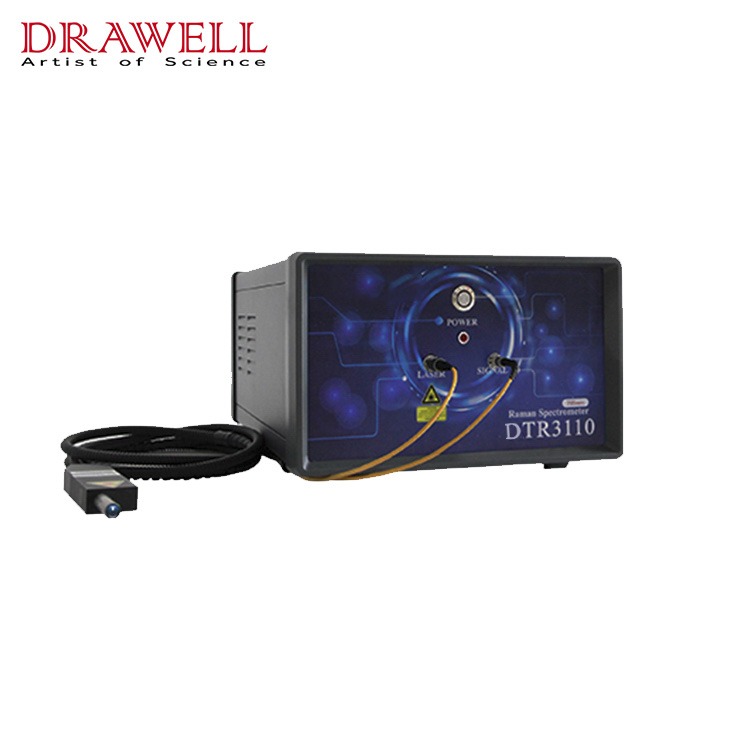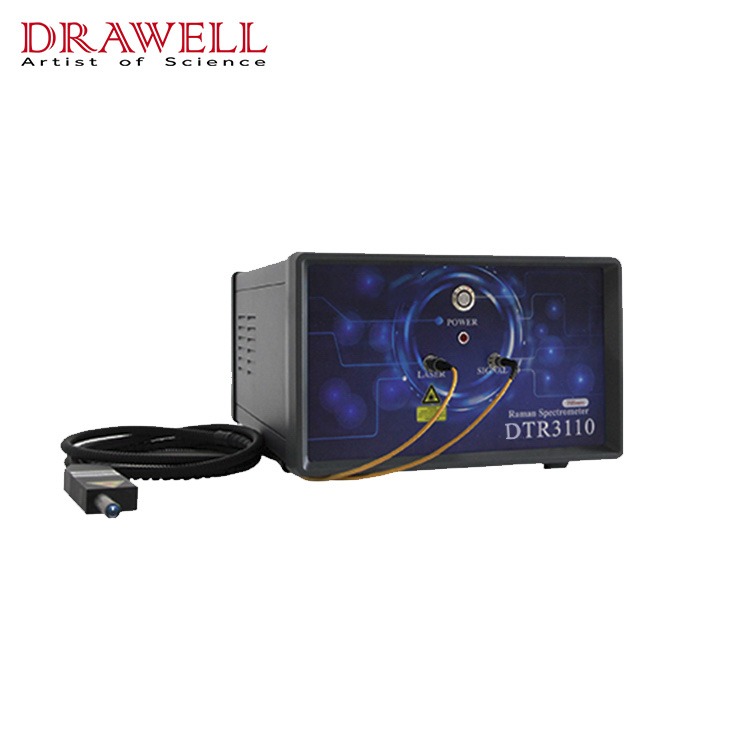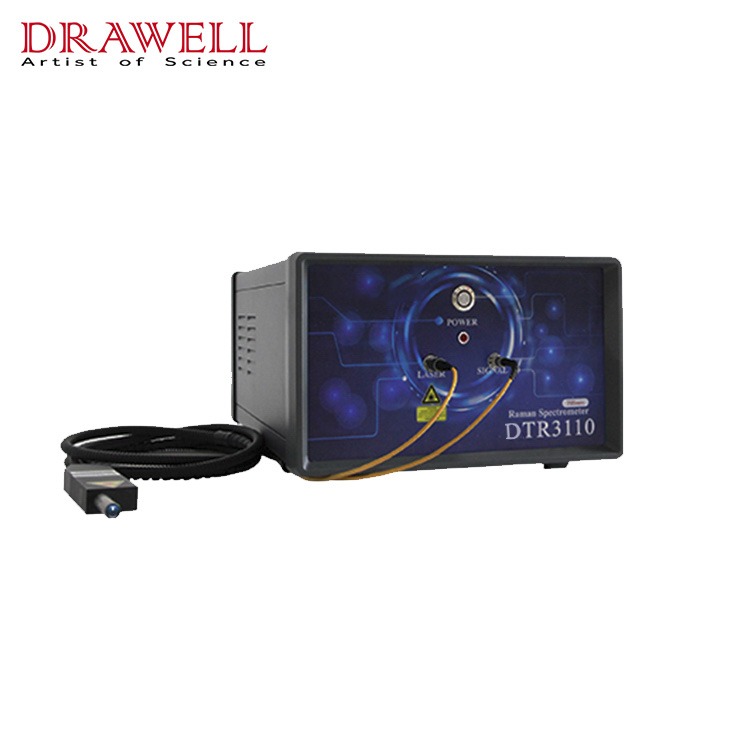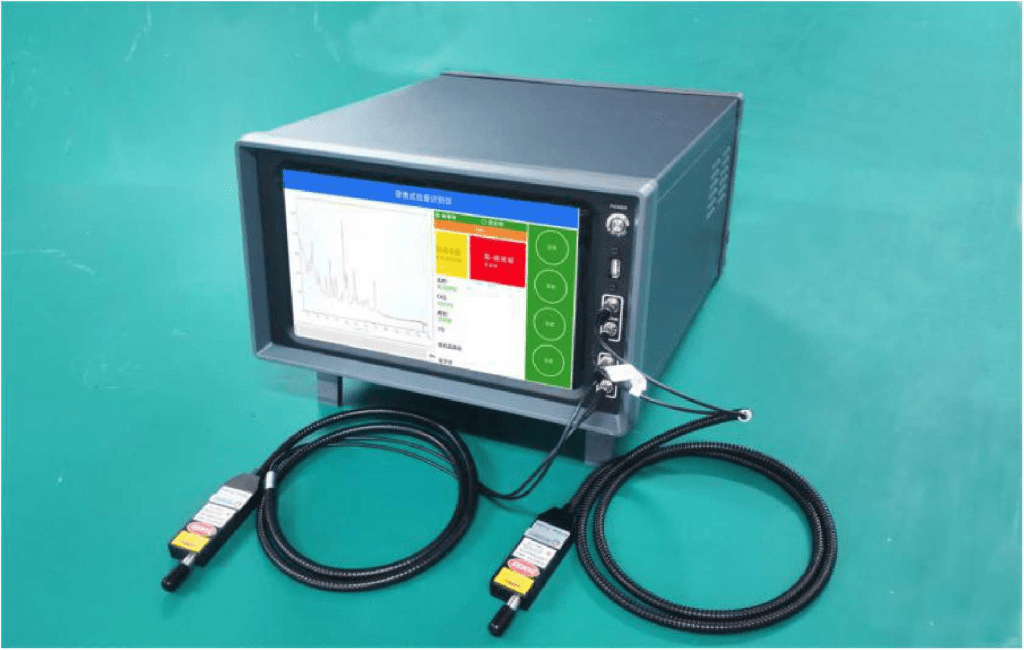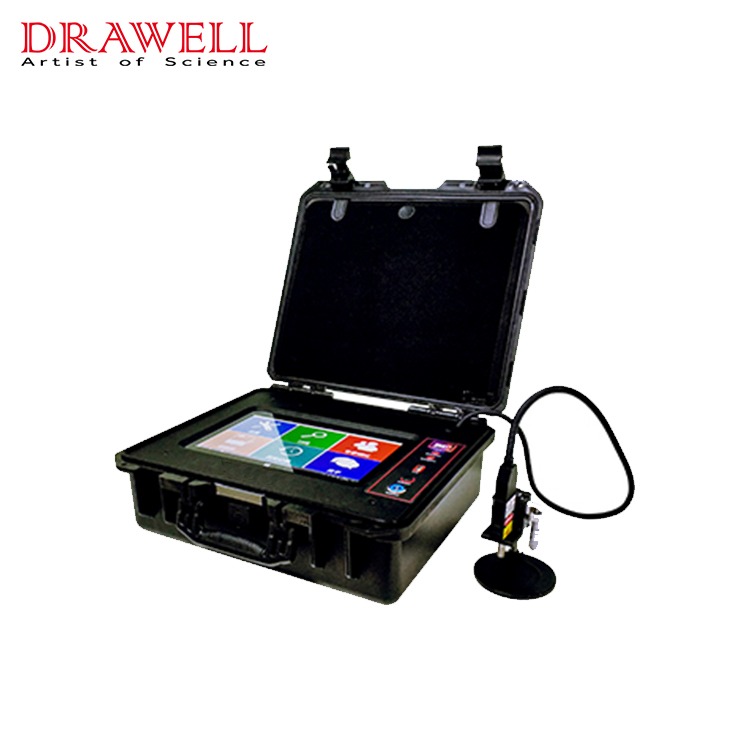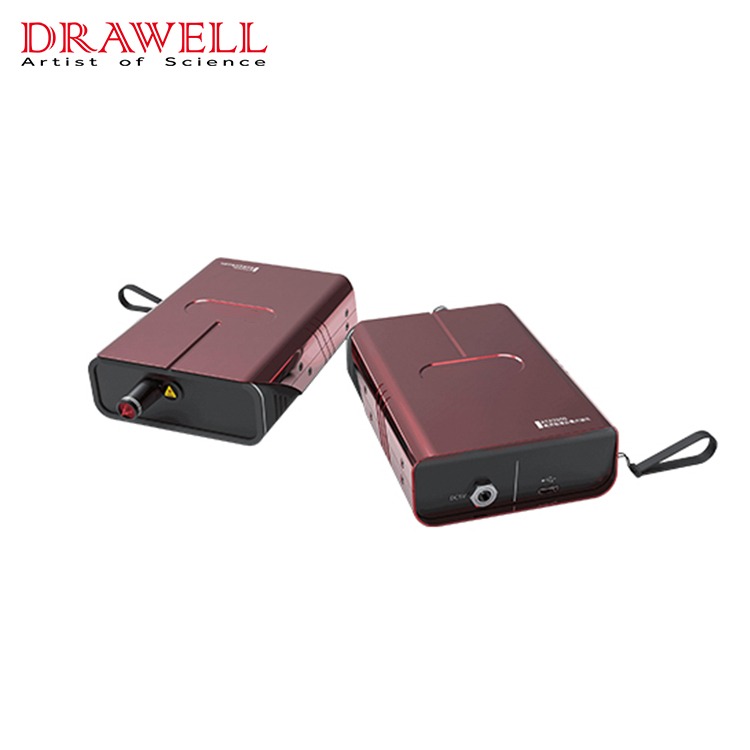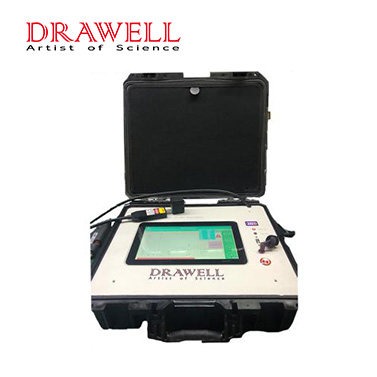Imagine a compact, handheld device that can instantly identify the chemical composition of anything you point it at, what a convient thing! No longer confined to bulky lab equipment, portable Raman spectrometers are revolutionizing the way we analyze materials, offering real-time insights with unprecedented ease and portability.
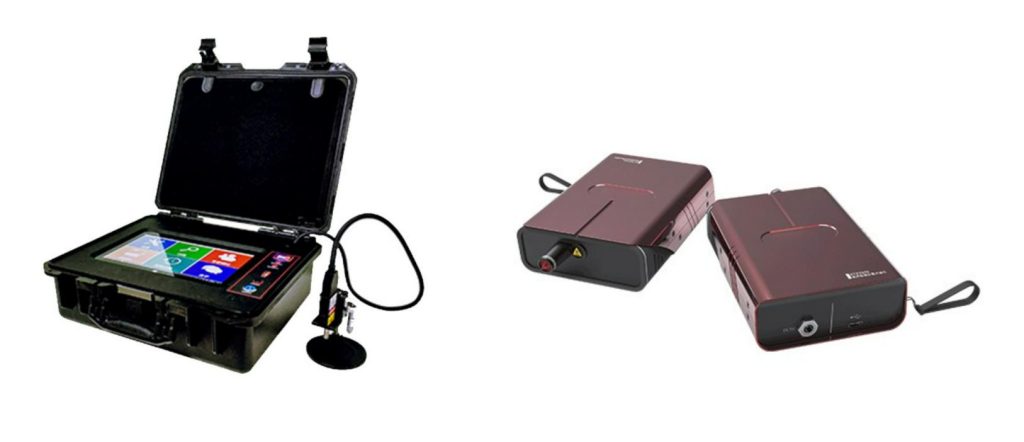
What is a Portable Raman Spectrometer?
At its core, a portable Raman spectrometer shines a laser beam onto a sample. The molecules within the sample vibrate at unique frequencies, scattering the laser light in a way that fingerprints their identity. This “fingerprint” is captured by the spectrometer and translated into a readable spectrum, revealing the sample’s chemical composition.
Why It Matters: Importance and Applications
- Biological Sciences: Analyze proteins, bacteria, and even living tissues in real-time, opening doors for rapid disease diagnosis and personalized medicine.
- Pharmaceutical Engineering: Verify the authenticity and purity of drugs, ensuring patient safety and combating drug counterfeiting.
- Food Safety: Detect food contaminants, allergens, and spoilage with pinpoint accuracy, safeguarding consumer health and preventing outbreaks.
- Environmental Monitoring: Analyze pollutants in air, water, and soil, allowing for swift environmental remediation and proactive pollution control.
- Gemology and Forensics: Identify gemstones, minerals, and trace evidence at crime scenes, enhancing authentication and investigation processes.

How It Works?
Portable Raman spectrometers employ sophisticated miniaturization techniques to pack a powerful punch in a compact package. Key features include:
- Lasers: Compact lasers generate beams that excite the molecules in the sample.
- Spectrometers: These miniature spectrometers capture the scattered light and separate it into its constituent wavelengths, creating a unique spectral fingerprint.
- Detectors: Sensitive detectors convert the spectral information into electronic signals for analysis.
- Software: Advanced software algorithms analyze the spectrum and match it to known databases, identifying the sample’s components.
What are the Pros and Cons of Portable Raman Spectrometer?
Portable Raman spectrometers are gaining popularity due to their ability to provide rapid, on-site analysis of materials. However, it’s important to weigh their advantages and disadvantages against traditional lab-based methods to determine the best approach for your needs.
| Feature | Portable Raman Spectrometers | Traditional Lab-Based Methods |
| Portability | Highly portable, can be used in-situ | Fixed in the lab, samples need to be transported |
| Analysis type | Non-destructive | Can be non-destructive or destructive |
| Analysis speed | Rapid results (seconds/minutes) | Slower analysis (hours/days) |
| Ease of use | User-friendly, often designed for non-experts | Requires trained personnel |
| Versatility | Analyzes a wide range of materials | Offers more tailored approaches for specific materials |
| Sensitivity | Lower sensitivity compared to high-end lab instruments | Higher sensitivity and detection limits |
| Spectral range | Limited spectral range in some models | Wider spectral range for more comprehensive analysis |
| Interference | May be affected by fluorescence and environmental factors | Controlled lab environment minimizes interference |
| Cost | Higher initial cost per instrument, but lower cost per analysis in the long run | Lower initial cost, but higher cost per analysis |
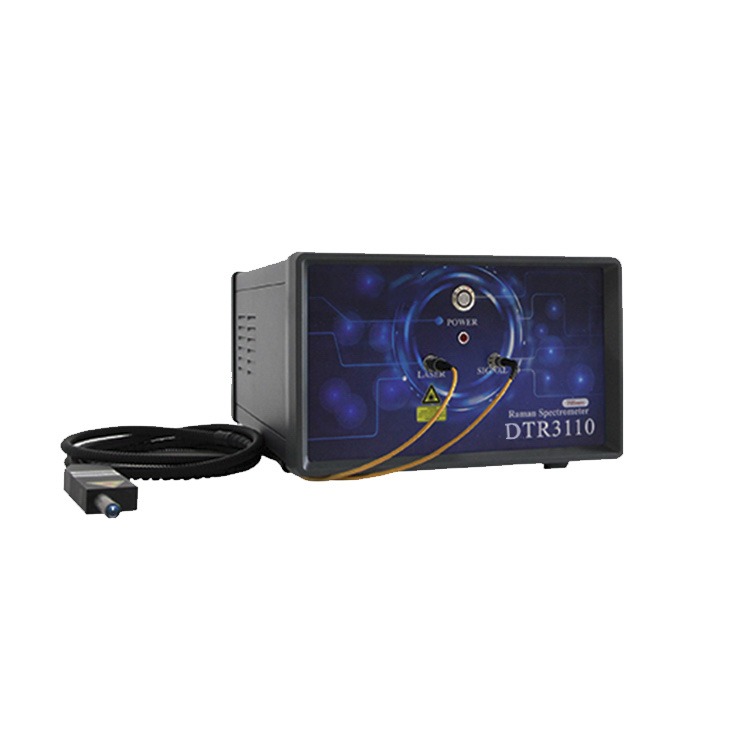
Choosing the Right Portable Raman Spectrometer
With a variety of models available, choosing the right spectrometer depends on your specific needs. Consider factors like:
1. Application:
Materials to be analyzed (solids, liquids, gases)
Sample size and shape
Specific analysis requirements
2. Sensitivity: Ability to detect weak Raman signals. It is crucial for low-concentration samples or challenging matrices.
3. Spectral Resolution: Ability to distinguish closely spaced spectral features. It is important for identifying specific compounds or analyzing mixtures
4. Wavelength:
785 nm: Common for general-purpose use
532 nm: Better for fluorescence suppression
1064 nm: Deeper penetration for opaque samples
5. Size and Portability:
Balance portability with performance needs
Consider weight, dimensions, and battery life
6. Ease of Use
User-friendly software and interface
Intuitive data collection and analysis
7. Cost: Factor in initial purchase price, maintenance, and consumables.
Conclusions:
Portable Raman spectrometers offer a glimpse into the hidden world of molecules, empowering us to analyze materials faster, easier, and in more diverse settings than ever before. As technology continues to advance, their capabilities will only expand, opening doors to exciting new applications across various fields.

